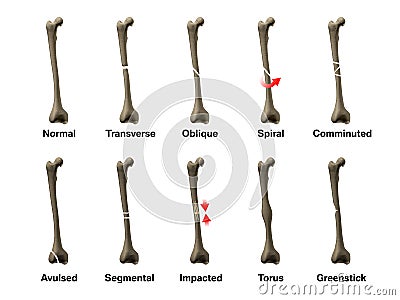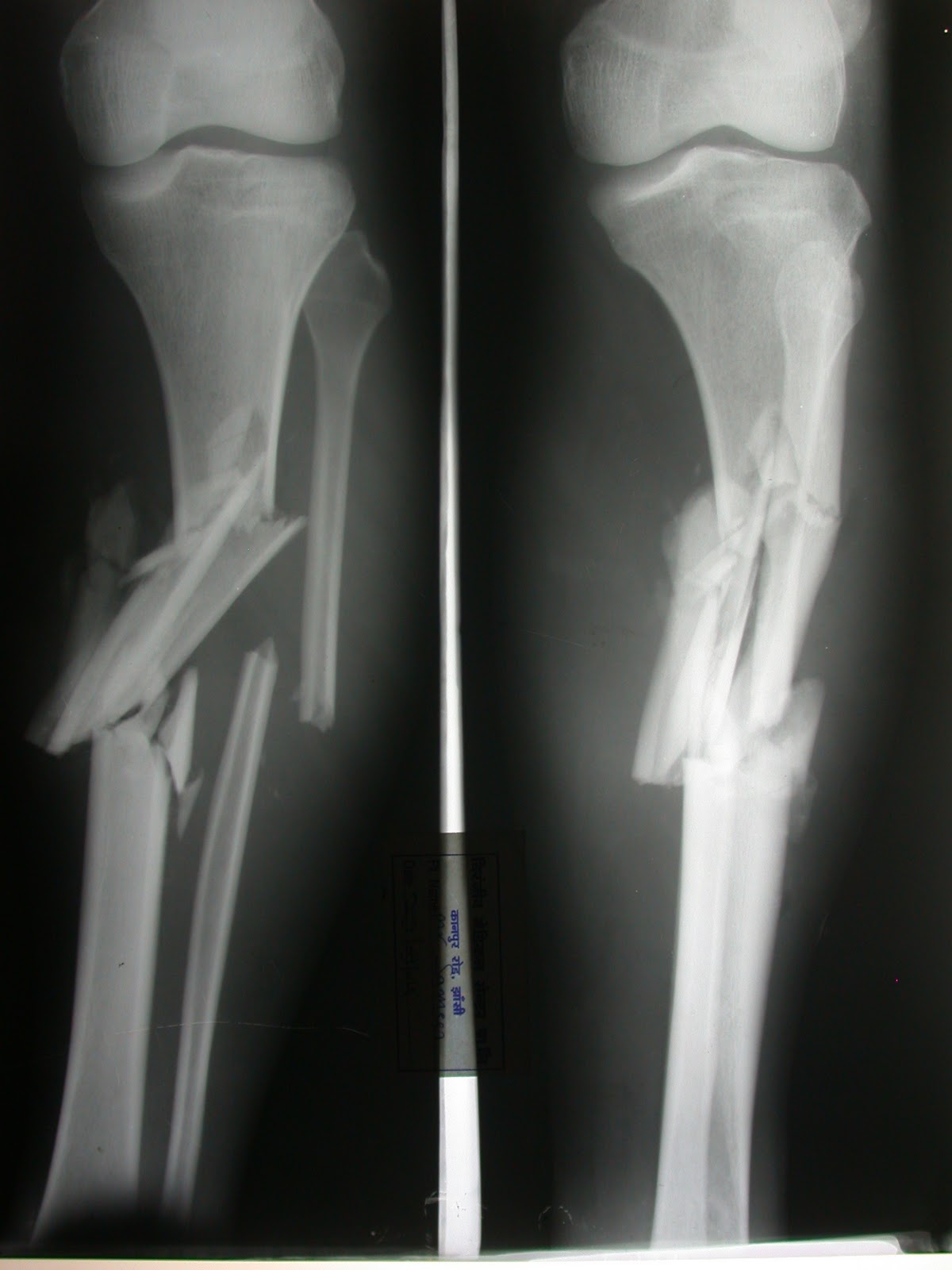

buckle fracture: the cortex is buckled, often in the distal radius.incomplete fracture: does not cross the bone completely (usually encountered in children).comminuted fracture: more than two parts.spiral fracture: helical fracture path usually in the diaphysis of long bones.oblique fracture: oriented obliquely across the bone.transverse fracture: perpendicular to the axis of the bone.complete fracture: extends all the way across the bone (most common).tubercle, epicondyle, etc.įractures usually fall within a set number of patterns. general: epiphysis, physis, metaphysis, diaphysis.penile fracture) although if unqualified it is assumed one is referring to a bony fracture.Īlthough many eponymous fractures exist and the relevant particulars of a fracture will depend on its specific location, generally fractures are described in a consistent manner: Location Rarely the term 'fracture' is also used for non-osseous/chondral structures (e.g.

These are known as pathological fractures. Thirdly, the bone may have a lesion that focally weakens it (e.g. Together, insufficiency and fatigue fractures are often grouped together as stress fractures. running) can result in the accumulation of microfractures faster than the body can heal, eventually resulting in macroscopic failure. Secondly, the protracted chronic application of abnormal stresses (e.g. These are known as insufficiency fractures. osteogenesis imperfecta) and thus prone to fractures from forces that would be insufficient to cause fractures in normal bones. osteoporosis) or less frequently genetic abnormalities (e.g. Fractures can also occur, however, in a variety of other settings.įirstly, the entire skeleton may be weak due to metabolic (e.g. Most commonly fractures occur in the setting of a normal bone with acute overwhelming force, usually in the setting of trauma. "neck of femur fracture", may be written as "#NOF". the hash symbol, although it is still pronounced as fracture, e.g. A fracture is often written as # in medical shorthand, i.e.


 0 kommentar(er)
0 kommentar(er)
